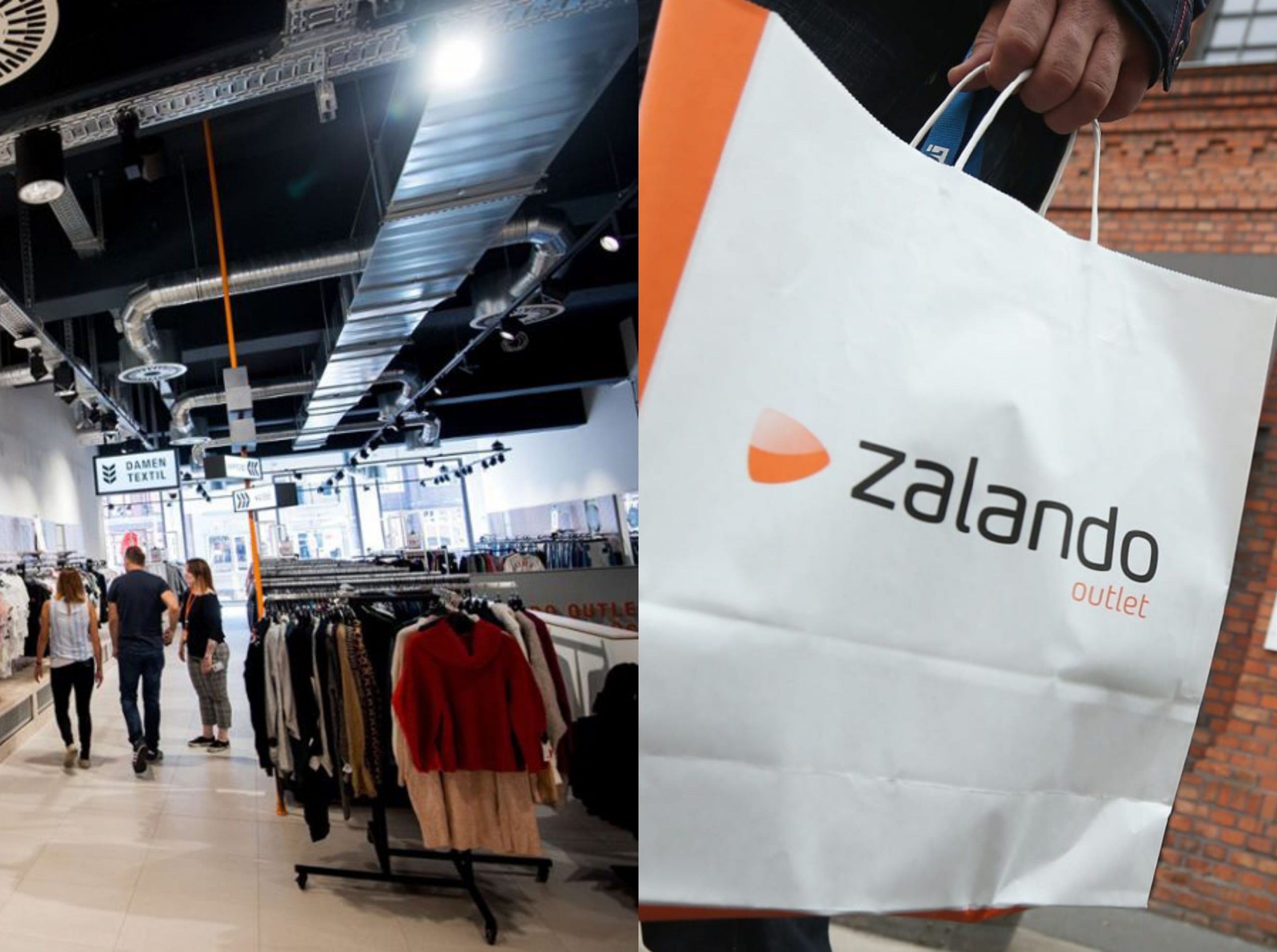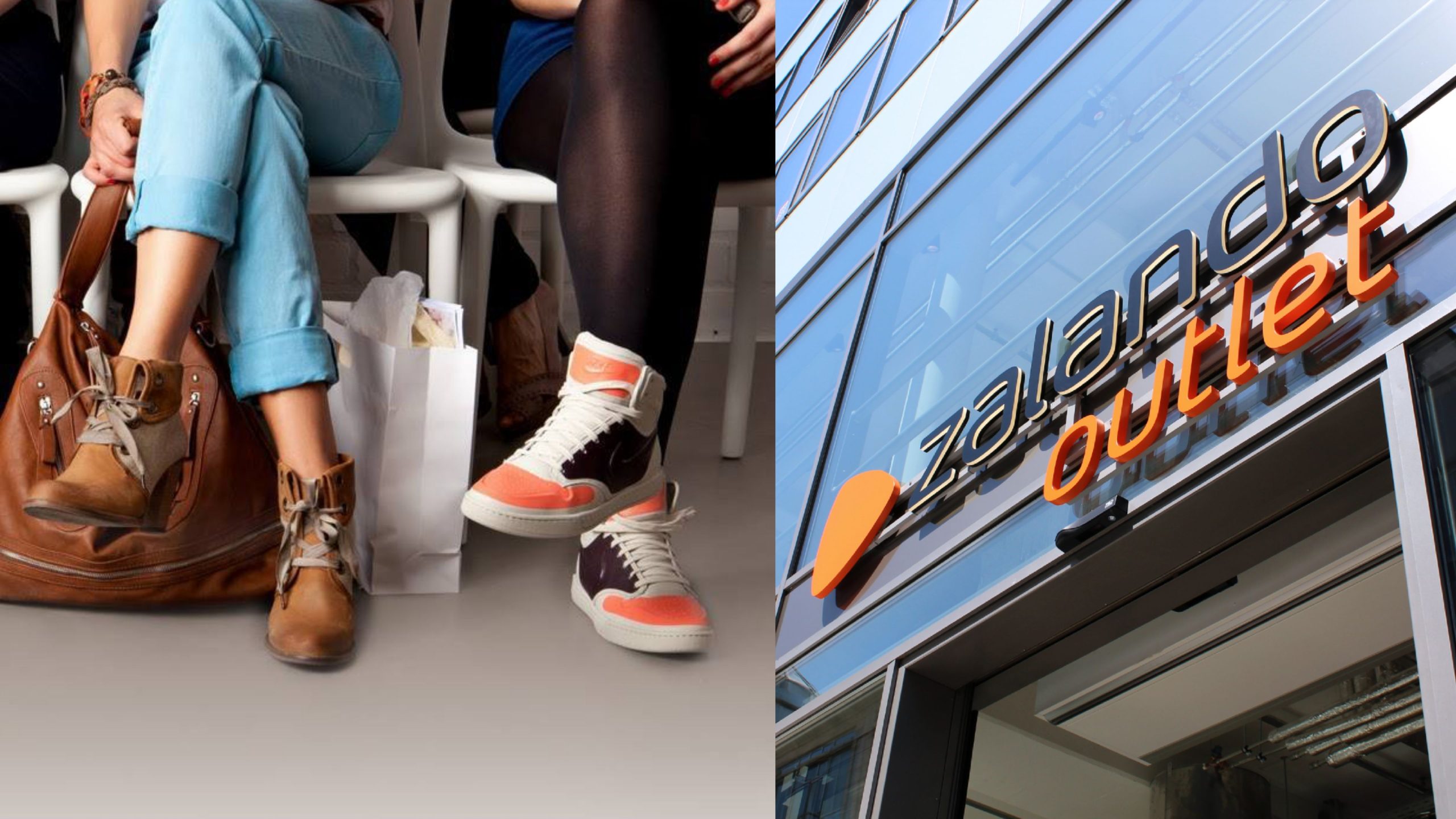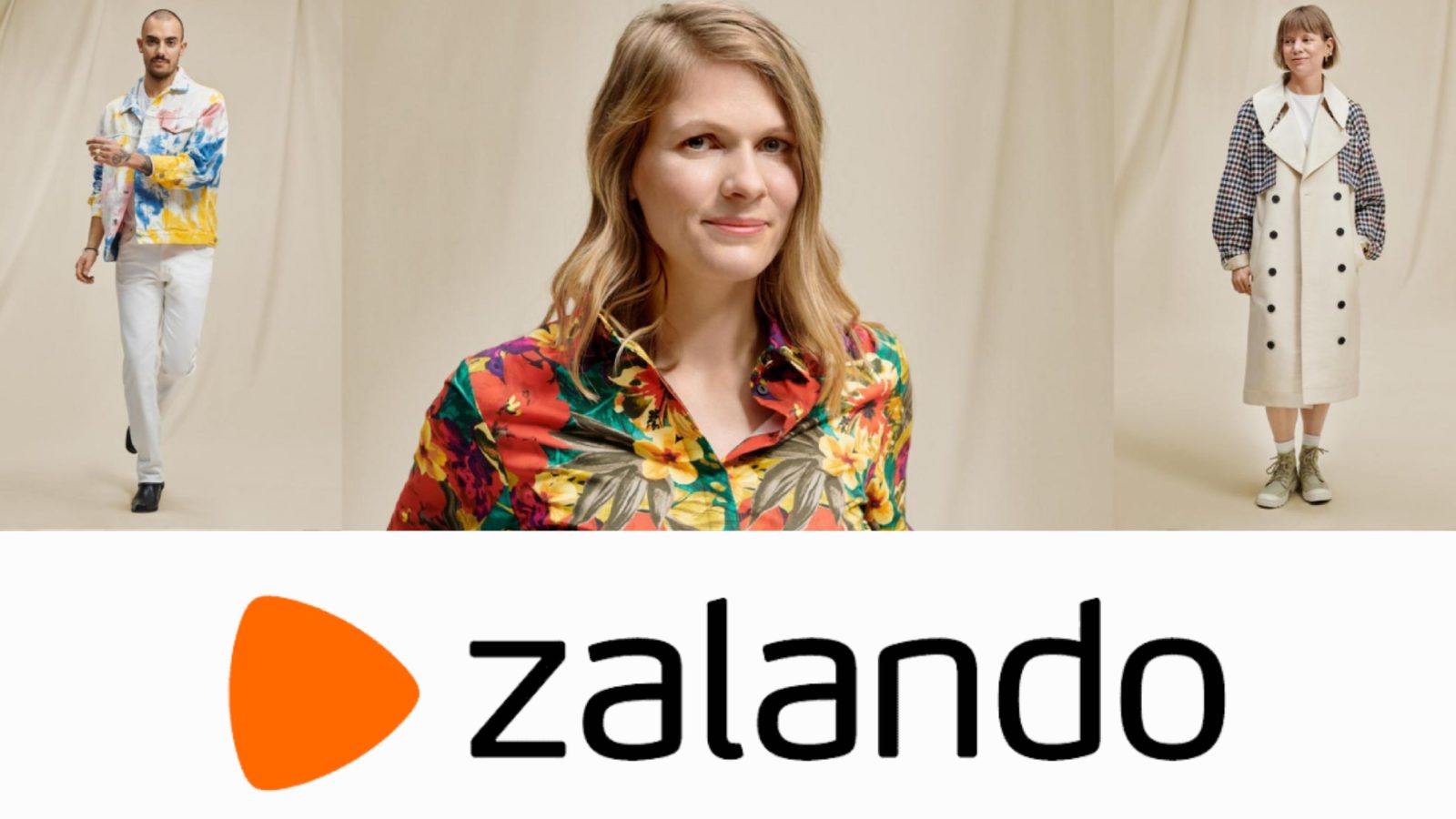“In B2B, we bring increased volume into our logistics network through sales fulfillment,” chief financial officer Sandra Dembeck told analysts on a recent earnings call. So far, so good for Zalando’s bigger push into B2B ecommerce.
In March, Zalando, one of Germany’s largest online retailers, announced plans to revitalize its flat business by expanding into B2B.
The company’s recently launched Zeos business enables Zalando to “shape the European fashion and lifestyle industry beyond its own consumer business,” according to an announcement from Zalando.

“It makes the company a key enabler for e-commerce transactions beyond Zalando, for example via the About You, ASOS, or Otto marketplaces.”
Over the past 15 years, Zalando has developed an operational logistics and technology infrastructure specifically designed for the fashion and lifestyle industry, the company says. Today, the ecommerce and logistics platforms are part of Zeos.
For the first quarter ended March 31, Berlin-based Zalando saw its gross merchandise volume (GMV) grow by 1.3% to 3.269 billion euros (US$3.550 billion) from 3.226 billion euros (US$3.500 billion) in the first quarter of 2023.

Revenue remained steady at 2.241 billion euros (US$2.433 billion) compared with 2.255 billion euros (US$2.488 billion) in the prior-year period.
The company’s fastest-growing channel was B2B ecommerce, which grew 13% in the first quarter to 215.1 million euros (US$233.6 million) from 189.7 million euros (US$207.3 million) in Q1 2023.
“In B2B, we bring increased volume into our logistics network through sales fulfillment,” chief financial officer Sandra Dembeck told analysts on a recent earnings call based on a transcript from SeekingAlpha.
“And as a result, we see continued strong growth of 13% in our B2B segment, thereby outperforming the group revenue growth rate.”







Leave a Reply